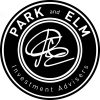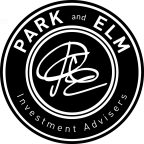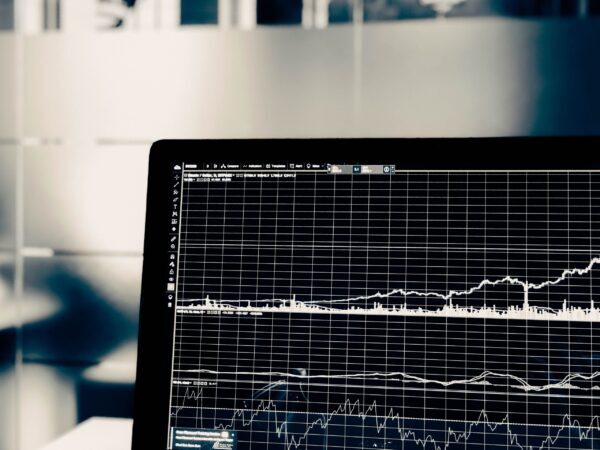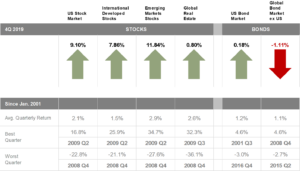Today’s ultra-low-rate environment has created a path for other investment options to emerge in the market.
Historically, over the last 10 years private real estate has delivered:
- Higher average yields that stocks, bonds, or traded REITs
- Higher returns than fixed income with less volatility than stocks
“Consider the 4.8% average yield generated by privately held real estate over the last 10 years. This is well above the 2.2% and 2.0% averaged by US fixed income and equities respectively over that period, as well as the 3.8% yield from traded REITs. ”
The information contained herein is intended to be used for educational purposes only and is not exhaustive. Diversification and/or any strategy that may be discussed does not guarantee against investment losses but are intended to help manage risk and return. If applicable, historical discussions and/or opinions are not predictive of future events. The content is presented in good faith and has been drawn from sources believed to be reliable. The content is not intended to be legal, tax or financial advice. Please consult a legal, tax or financial professional for information specific to your individual situation.








